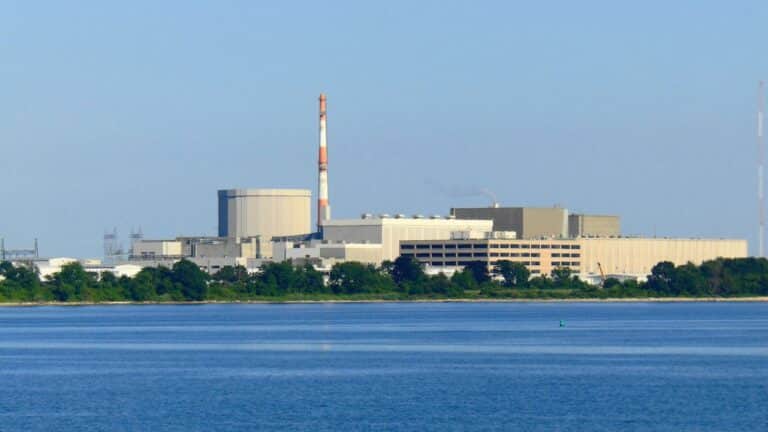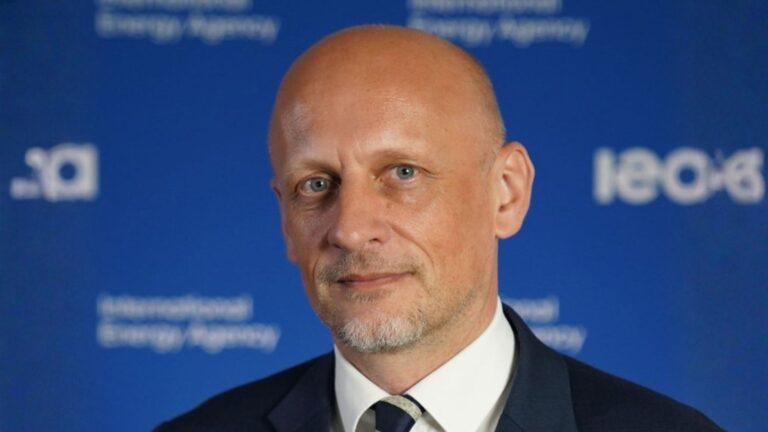This website uses cookies as well as similar tools and technologies to understand visitors’ experiences. By continuing to use this website, you consent to Columbia University’s usage of cookies and similar technologies, in accordance with the Columbia University Website Cookie Notice.
CGEP Releases Fact Sheets on Hydrogen Production, Uses, Policy Support and Investments
Clean hydrogen has shown significant promise as a key tool to lower greenhouse gas emissions that contribute to climate change in critical sectors of the global economy. However, for hydrogen to make a significant contribution to the clean energy transition, policy options are needed that overcome current technical and financial challenges and align with markets, investors, and public interests. Advances in policy, technology and finance can potentially unlock hydrogen as an energy and climate solution, and allow it to be more broadly and equitably adopted in sectors like industry, transportation and power generation, in particular for “harder to abate” sub-sectors like steel, shipping, trucks, and industrial heat.
In a series of three fact sheets, Dr. Julio Friedmann, Emeka Ochu, Griffin Smith, Sarah Braverman, and Caleb M. Woodall examine the challenges and opportunities of low-carbon hydrogen. Explore all the fact sheets below.
Hydrogen Fact Sheet: Production of Low-Carbon Hydrogen
To reach net-zero emissions by 2050 to limit global temperature rise to 1.5 degrees Celsius (°C), low-carbon hydrogen can play an important role both as a carbon-free fuel and as a feedstock for fuels and products. Hydrogen use can be versatile: a substitute fuel for industrial heat or chemistry, a feedstock to make synthetic fuels (e.g., ammonia or methanol), and an efficient power technology when converted into electricity with a fuel cell.
Hydrogen is abundant in water, biomass, and hydrocarbons. It is easily ignited and burns at about 2,200°C in air, yielding water, with zero direct greenhouse gas emissions. Generating hydrogen can be carbon intensive, however, and the process of compressing, cooling, and liquifying it is energy-intensive. For hydrogen use in different applications to be carbon free, it must be produced through a low-carbon process.
Hydrogen Fact Sheet: Uses of Low-Carbon Hydrogen
Since 1975, global demand for hydrogen has increased more than threefold, to about 70 metric tons in 2019. Most of the hydrogen used today is “grey” hydrogen (produced from fossil fuels). However, as carbon capture, utilization, and sequestration (CCUS) technology becomes more affordable, and cheaper renewable energy becomes more accessible, hydrogen use will progressively become less carbon intensive, what is known as “blue” hydrogen (conventional production coupled with CCUS) or “green” hydrogen (electrolysis of water using renewable energy). As a fuel, it can substitute for other fuels that produce greenhouse gases (GHG) during combustion.
Hydrogen Fact Sheet: Policy Support and Investments in Low-Carbon Hydrogen
Hydrogen can play an important role in decarbonizing global energy systems, both in supplying low-carbon fuels and feedstocks and in using them to deliver products and services. Challenges limit the speed and scale of increased production and use of low-carbon hydrogen, including market economics and infrastructure constraints. Enhanced government regulatory and market aligning policies could overcome these limits and encourage private sector investment in low-carbon hydrogen production and use.
More News
More Top Climate News
Local communities are hosting events where people can bring in their broken goods for repairs—free of charge.
Relevant
Publications
Climate Ambition and Electricity Affordability: Lessons from Connecticut

COP30 and Beyond: The Implications of a New Era of Discord in Global Climate Politics
As diplomats meet in Brazil for COP30, global resolve to tackle the climate challenge appears badly frayed.

Transforming Fashion’s Footprint: Business Models and Innovation for Circularity and Clean Energy
The fashion industry sits at the intersection of climate, energy, and consumption, facing growing pressure to cut emissions, transition to clean energy, and build circular systems across global supply chains.



